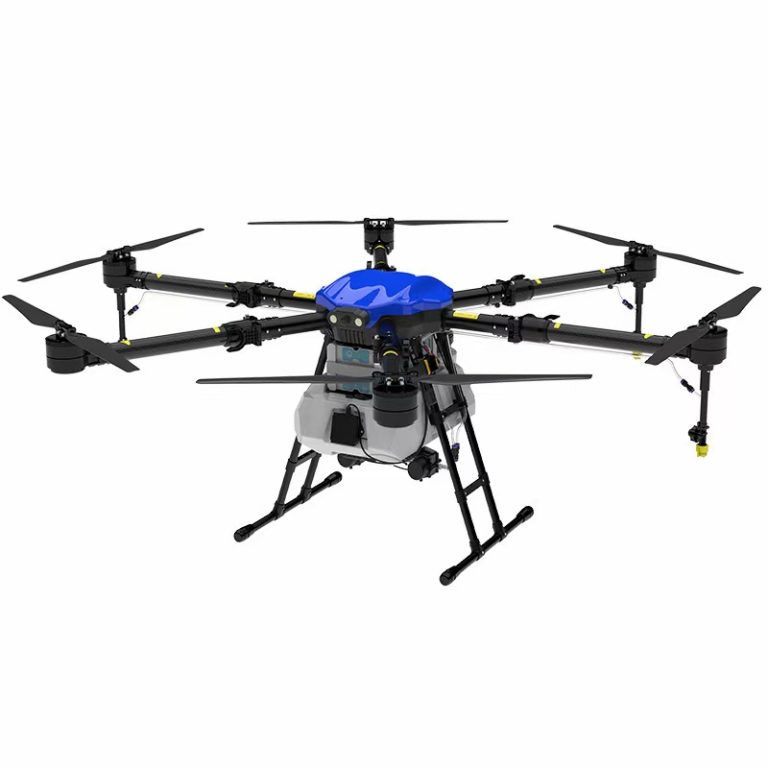Under the current development trend of agricultural production mechanization, as a rising star in agricultural development, unmanned aerial vehicles (UAVs) not only provide new technical support for the prevention and control of crop diseases and insect pests in China, but also transport vegetables, fruits, and other crops for local farmers, improve agricultural labor efficiency, save labor costs, and play an important role in the development of modern agriculture. Their development prospects are promising.
In March, during the busy season of spring plowing and spring management, in the vast wheat field, staff professionally operate agricultural plant protection drones, which hover over the wheat field and then spray pesticides in the air a few meters from the wheat field. In less than ten minutes, I completed the pesticide spraying work on a large area of wheat field, truly feeling the convenience brought by “smart agriculture”.
Traditional artificial plant protection operations require a large amount of manpower to spray pesticides on a large area of the field. Farmers and workers carrying heavy pesticides shuttle through the field, not only moving slowly, but also consuming a large amount of physical energy and unable to sustain long-term operations. Moreover, the amount of pesticides used is also uneven, resulting in low efficiency of plant protection operations.
Compared with traditional artificial plant protection operations, drones not only reduce the burden on farmers and save investment costs, but also have high efficiency and better control effects when spraying pesticides, greatly improving work efficiency.
In the banana field in Niujiaozhai Town, Yuanyang County, this year, local growers used drones. Under the influence of agricultural drones, about 100 kilograms of bananas or seedlings are transported away from each other. Previously, they could only be transported manually or on horseback. This not only has high transportation costs, but also has very low transportation efficiency. Compared to traditional transportation methods, drone porters appear to be very fast, potentially saving 60% to 80% of transportation costs.







Please sign in to comment
register